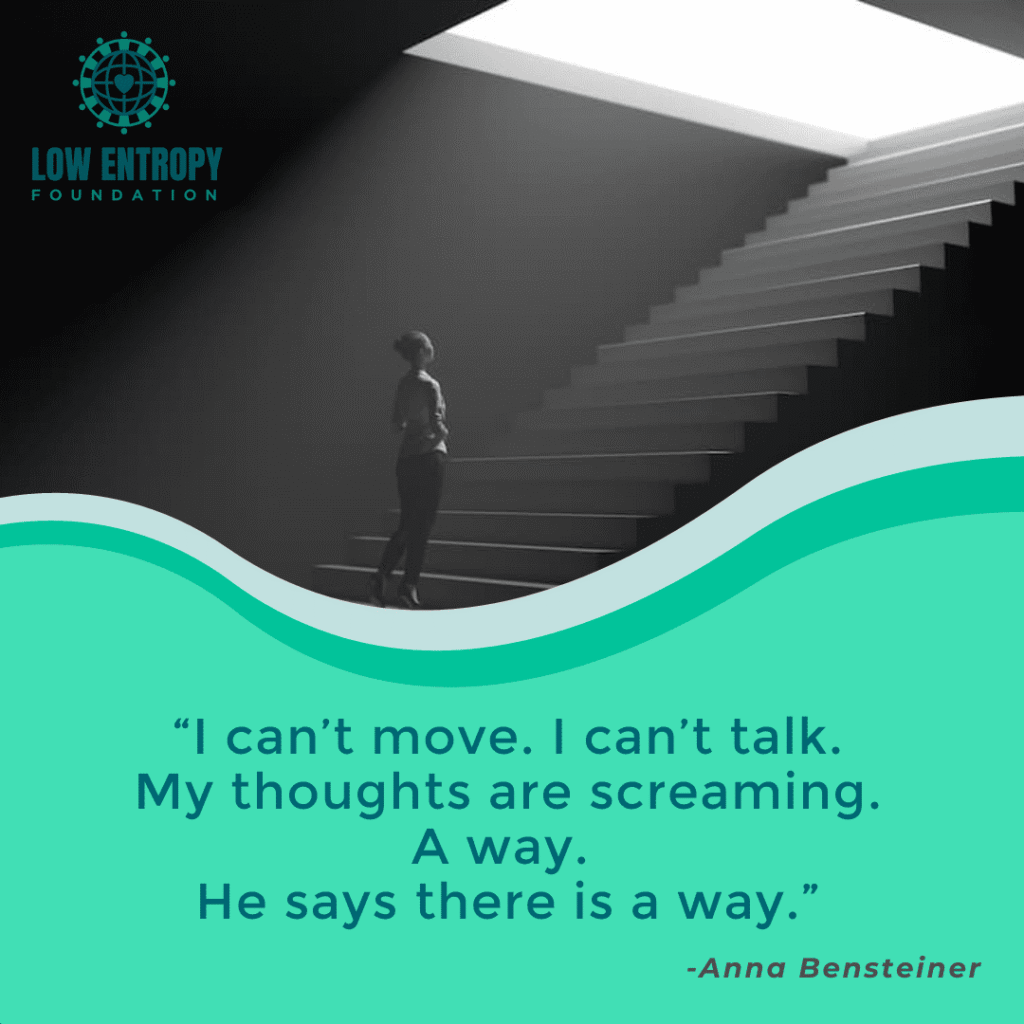Self-Therapy: An Introduction
Anastasia Lee (she/her/hers), Low Entropy Volunteer Writer Therapy is expensive. Each session can cost between $60 and $250 or even more, potentially racking up thousands of dollars per patient per year. Although therapy is effective, it is not a solution for everyone, and there is no one-size-fits-all kind of therapy. Everybody’s psychological needs differ, […]
You Matter
Christina Liao (she/her/hers), Low Entropy Volunteer Writer Sometimes, days become stormy and you feel worthless. “I hate you, I hate you, I hate you,” your brain thinks as you look at the mirror in the morning. “I hate you, I hate you, I hate you,” your brain thinks as you leave your house. “I […]
Your Own Personal Brat
Low Entropy Volunteer Writer Anna Bernsteiner examines the concept of anxiety through the lens of a toxic relationship with a fellow with an unfortunate name. Let’s talk about everyone’s annoying little friend Anxiety. Known for various crimes. Creeping inside your brain at night, twisting and turning your thoughts so you doubt and question your […]
Anxiety: How I Live with It
From recognition to management, Low Entropy Volunteer Writer Kanak Khatri has had plenty of experience with anxiety disorder, and some advice to share on how to actually create value from it. What is Anxiety Disorder? Some days I realise that I am not going to get a lot of sleep because of a […]
Pretty Young

Please note that this article examines suicide and suicidal ideation. “That’s high,” I think, staring down onto the slowly moving waves. Hands clenched around the orange-red railing. What color even is this bridge? Orange or red? I don’t know. I don’t need to know now. Complete stillness. It seems like time stopped entirely, or […]
